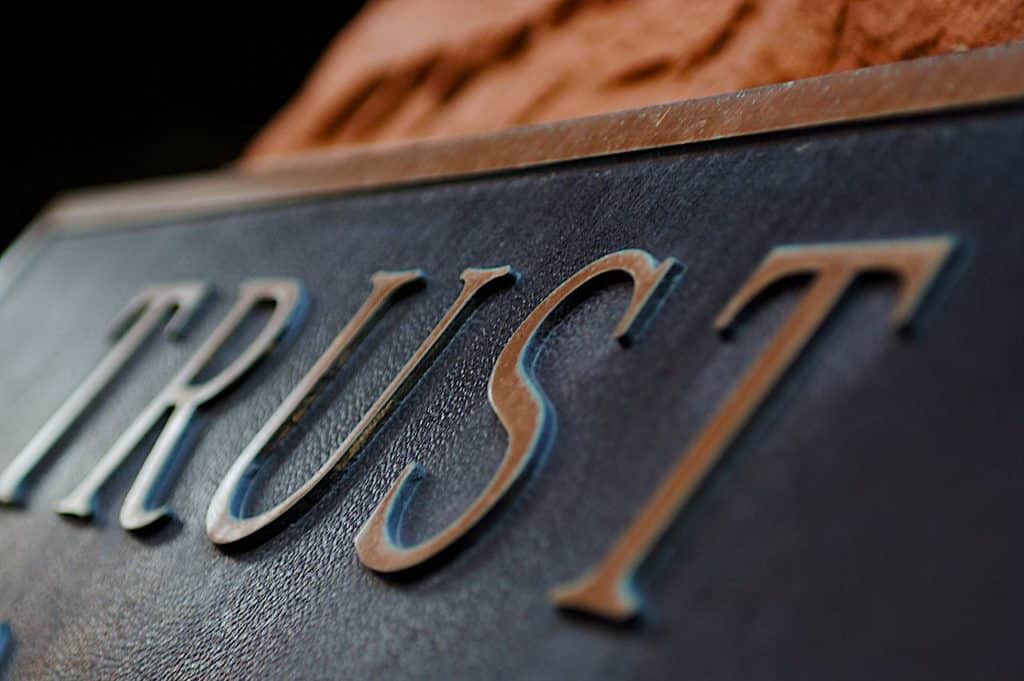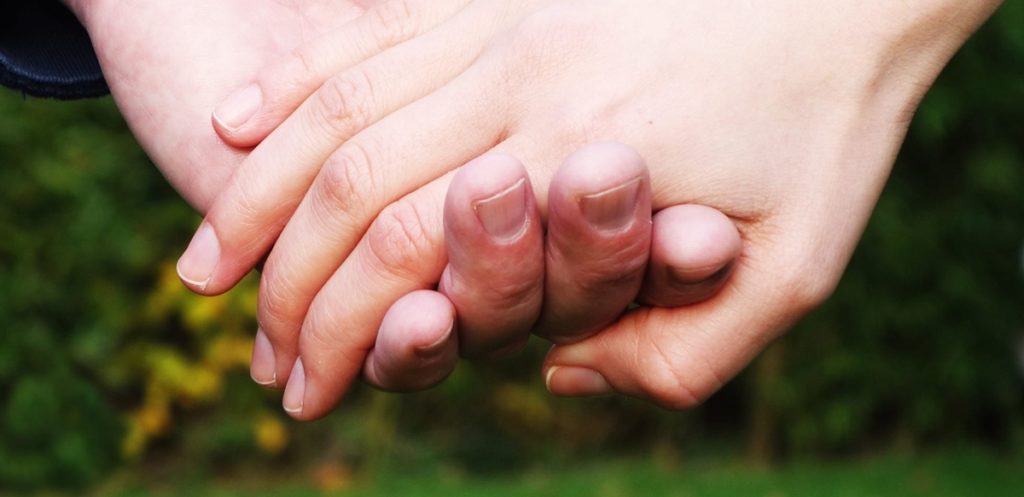The intricate tapestry of human life is woven together by countless threads, but none is as vital as the thread of trust. Trust – a five-letter word that bears the weight of our relationships, societies, and civilizations. It permeates every facet of our lives, from the personal to the political, shaping our interactions, informing our decisions, and molding the world we inhabit. We will embark on a philosophical exploration of trust, investigating its dual nature, its role in human codependence, and its evolution across the annals of human history.
Trust Goes Both Ways: Unraveling the Dual Nature of Trust
Trust, in its simplest form, is a belief in the reliability, truth, or ability of someone or something. Yet, beyond this simplicity, lies a dual nature that is both profound and complex.
1. Trust as Vulnerability and Strength
The first part of trust’s duality lies in its paradoxical nature as both vulnerability and strength. When we trust, we expose our weaknesses and uncertainties, placing ourselves at the mercy of another. This vulnerability is an integral part of trust. However, it is also in this vulnerability that trust’s strength is found.
Trusting someone, despite the risk of betrayal or disappointment, is a testament to our resilience and capacity to hope and believe in others. In this sense, trust is a vulnerability transformed into a potent strength.

2. Trust as a Personal and Social Construct
The second aspect of trust’s duality is its role as both a personal and social construct. On a personal level, trust is about our individual relationships. It’s the faith we put in our family, friends, and colleagues. It’s a deep, emotional bond that shapes our interactions and experiences.
On a societal level, trust is the foundation of communities, organizations, and nations. It is the underlying force that binds people together, fostering collaboration and collective action. Without trust, societal order can easily collapse into chaos.
3. Trust as Giving and Receiving
The third facet of trust’s duality is its operation as both a gift and a receipt. When we trust, we give others our confidence and belief. This giving is an act of generosity, requiring courage and optimism. Conversely, when others trust us, we receive a responsibility, an obligation to live up to their expectations and not to betray their faith. In this way, trust is both a gift we offer and a gift we receive.
4. Trust as Static and Dynamic
Lastly, trust is both static and dynamic. In some relationships, trust can remain relatively stable and unchanging, forming the consistent foundation of long-term relationships. However, in other instances, trust is fluid and ever-changing. It can be built, broken, and rebuilt over time, reflecting the dynamic nature of human interactions and experiences.
The Interplay of Trust and Human Codependence
Trust and human codependence are two intertwined themes that form the cornerstone of human interactions. The connection between these two components is critical to understanding the complex dynamics of human relationships and societal structures.
Trust and Codependence at the Personal Level
On a personal level, trust is fundamental to the codependence that characterizes human relationships. Whether between friends, family members, or romantic partners, these relationships rely heavily on a shared trust that each party will act in the other’s best interest. It is this mutual trust that enables us to depend on each other for emotional support, physical assistance, or shared responsibilities.
Consider, for example, the relationship between a parent and a child. The child places an enormous amount of trust in their parent for care, safety, and nourishment. In turn, the parent trusts the child to grow, learn, and eventually become a functioning member of society. This dynamic embodies a mutual codependence grounded in trust.
Trust and Codependence at the Societal Level
In a broader societal context, trust forms the basis of our codependence on various social, economic, and political institutions. For example, citizens trust a government to uphold justice and ensure their welfare, creating a codependent relationship between the state and its people. Similarly, customers trust companies to provide them with quality goods and services, reflecting an economic codependency.
These relationships are not only dependent on the expectation that the other party will fulfill their obligations, but also on the belief that they will not exploit our vulnerability for their gain. When this trust is broken, the codependent relationship can quickly deteriorate, leading to conflict and chaos.
Trust, Codependence, and Social Cohesion
Trust and codependence, therefore, are integral to maintaining social cohesion. When individuals, communities, and societies trust each other, they can collaborate effectively, leading to collective prosperity and peace. Conversely, when trust is eroded, the intricate web of codependent relationships that hold societies together can unravel, leading to instability and discord.

The Evolution of Trust Across Human History
As we traverse the timeline of human history, we find trust evolving in sync with societal development. In the nascent stages of human civilization, trust was confined to small, close-knit tribal communities. As societies grew more complex, trust started expanding its radius, encompassing larger communities, organizations, and institutions.
The dawn of the digital era marked a revolutionary shift in the concept of trust. The internet created a global village, connecting us to distant corners of the world and enabling unprecedented levels of cooperation and interaction. However, this expansion of trust also bred new challenges – cybercrimes, data privacy issues, and the anonymity afforded by digital platforms led to a crisis of trust in the digital age.
Moreover, global events like pandemics and political upheavals have further eroded trust in institutions, causing a discernible shift in the landscape of trust.
Conclusion: Is Trust More Prevalent Now or in the Past?
Quantifying trust across time is a complex endeavor. While the sphere of trust has undoubtedly widened, accommodating global networks and institutions, the quality and stability of this trust have become more volatile. Trust is more widespread yet more vulnerable than ever before.
However, as we navigate the complex tapestry of the modern world, it becomes crucial to focus not on the quantity of trust, but its quality, its resilience, and its ability to withstand the challenges of our time. Trust remains a two-way street, a delicate dance of faith and reciprocity. The onus lies on each of us to extend trust, to nurture it, and to ensure its sanctity in an ever-changing world. After all, in the words of Ralph Waldo Emerson, “Trust men and they will be true to you; treat them greatly and they will show themselves great.”


















